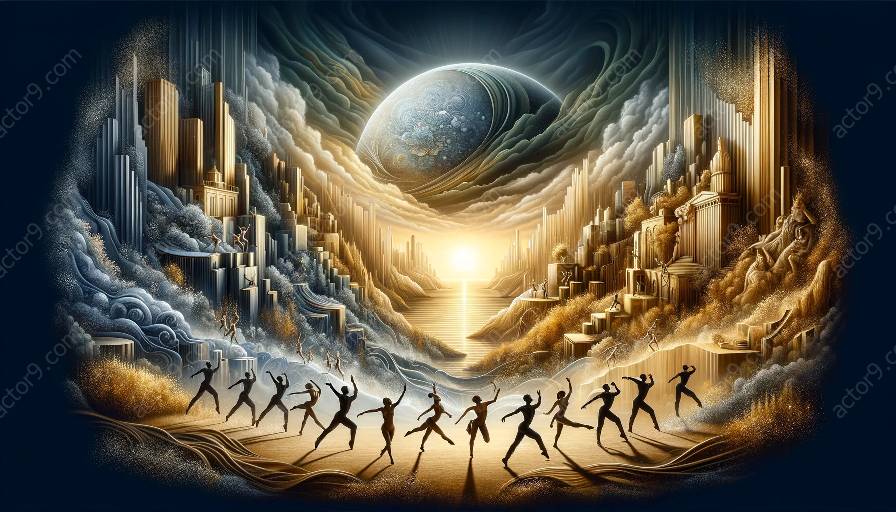Physical theatre is a unique form of performance art that combines elements of dance, drama, and movement to convey narratives and emotions without relying heavily on spoken language. In recent years, physical theatre has become an impactful platform for portraying social issues, including discrimination and inequality.
One of the key characteristics of physical theatre is its ability to convey complex and challenging subject matter through non-verbal means. By using the body as the primary instrument of expression, physical theatre allows for a more visceral and immediate connection to the themes it portrays. This makes it particularly effective in representing issues such as discrimination and inequality, as it can transcend linguistic and cultural barriers, allowing audiences to engage with the subject matter on a universal level.
Social Issues Portrayed in Physical Theatre
Physical theatre provides a powerful medium for addressing social issues such as discrimination and inequality. Through the use of movement, gesture, and symbolism, physical theatre artists can create compelling narratives that highlight the experiences of marginalized and oppressed individuals. This form of storytelling often evokes empathy and understanding from audiences, thereby fostering awareness and provoking meaningful discussions about these critical social issues.
In physical theatre, the body itself becomes a site of resistance and resilience against discrimination and inequality. Through choreographed movements and expressive gestures, performers can embody the struggles and triumphs of individuals who have faced prejudice and injustice. This embodiment creates a powerful and immersive experience for audiences, prompting them to confront the realities of discrimination and inequality in a profound and thought-provoking manner.
Challenging Assumptions and Stereotypes
Another compelling aspect of physical theatre's representation of discrimination and inequality is its ability to challenge assumptions and stereotypes. By deconstructing and reimagining societal norms and prejudices, physical theatre can disrupt existing narratives and provide alternative perspectives on issues of discrimination and inequality. This serves to dismantle harmful stereotypes and broaden the understanding of these social issues, fostering a more inclusive and empathetic society.
Furthermore, physical theatre often involves a high degree of physicality and athleticism, which can be used to subvert traditional power dynamics and hierarchies. Through acrobatics, ensemble work, and innovative use of space, physical theatre performers can create visually striking and dynamic representations of social oppression and resistance. These daring and innovative performances challenge audiences to reexamine their own biases and preconceptions, effectively breaking down barriers and promoting social change.
Conclusion
Physical theatre offers a compelling and evocative platform for representing discrimination and inequality. Through its unique blend of movement, emotion, and symbolism, physical theatre can bring the complex and deeply personal experiences of marginalized individuals to life, fostering greater awareness, empathy, and understanding among audiences. By challenging assumptions and stereotypes and through the power of physical embodiment, physical theatre plays a vital role in shedding light on social issues and promoting positive social change.




































